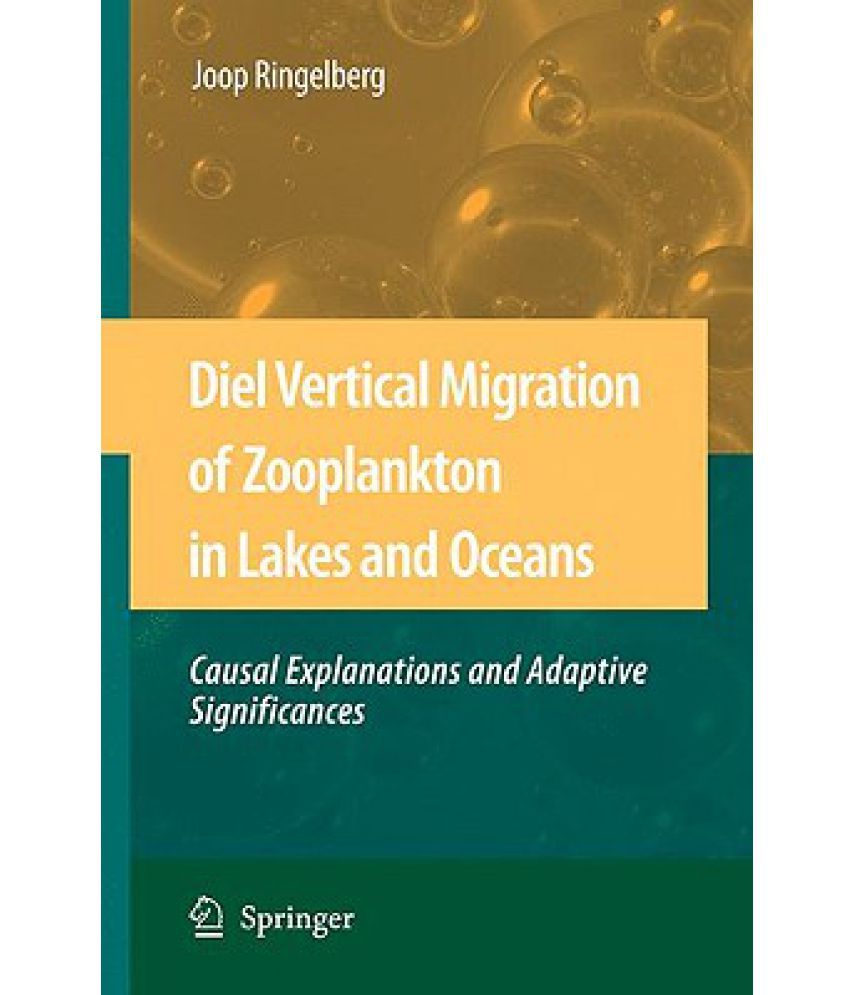Something went wrong. Please refresh the page and try again.
Something went wrong. Please refresh the page and try again.
Notifications can be turned off anytime from settings.
Item(s) Added To cart
Qty.
Something went wrong. Please refresh the page and try again.
Something went wrong. Please refresh the page and try again.
Exchange offer not applicable. New product price is lower than exchange product price
Please check the updated No Cost EMI details on the payment page
Exchange offer is not applicable with this product
Exchange Offer cannot be clubbed with Bajaj Finserv for this product
Product price & seller has been updated as per Bajaj Finserv EMI option
Please apply exchange offer again
Your item has been added to Shortlist.
View AllYour Item has been added to Shopping List
View AllSorry! Diel Vertical Migration of Zooplankton in Lakes and Oceans is sold out.


You will be notified when this product will be in stock
Brief Description
This is the first critical discussion on Diel Vertical Migration of zooplankton in oceans and lakes in 100 years of research. The focus is on photo-response experiments that revealed the physiological fundament unifying migration behavior in both biotypes.
Learn More about the Book
Whatever theory may be advanced to explain diurnal migration, the underlying reactions involved must be demonstrated conc- sively in the laboratory before the explanation can be ?nally accepted George L. Clarke 1933 p. 434 In oceans and lakes, zooplankton often make diel vertical migrations (DVM), descending at dawn and coming up again in late afternoon and evening. The small animals cover distances of 10-40 m in lakes or even a few hundred metres in the open oceans. Although not as spectacular as migrations of birds or the massive movements of large mammals over the African savannas, the numbers involved are very large and the biomass exceed the bulk of the African herds. For example, in the Antarctic oceans swarms of "Krill" may cover kilometres across, with thousands of individuals per cubic metre. These Euphausiids are food for whales, the most bulky animals on earth. Zooplankton are key species in the pelagic food web, intermediary between algae and ?sh, and thus essential for the functioning of the pelagic community. Prey for many, they have evolved diverse strategies of survival and DVM is the most imp- tant one. Most ?sh are visually hunting predators and need a high light intensity to detect the often transparent animals. By moving down, the well-lit surface layers are avoided but they have to come up again at night to feed on algae.
On the Back Cover
The book deals with Diel Vertical Migration (DVM) of zooplankton in oceans and lakes and is the first critical discussion of the literature in 100 years of research. The accent is on photo-response experiments that revealed the physiological fundament unifying migration behaviour in both biotopes. Accelerations in relative changes in light intensity of dawn and dusk are the stimuli that trigger a PhotoBehaviour Mechanisms (PBM) evolved to realise predator evasion and starvation prevention. Physiology and behaviour are tuned to these adaptive goals. A "set of ecological factors" is necessary and an algorithm shows the operation of the "set." However, not only the kinetic component of behaviour is based on light, also orientation but now the angular light distribution is responsible. Contrast orientation as in Daphnia may also hold for other animals, for example, Euphausia.The application of the PBM in lakes and oceans is demonstrated amongst other for the vertical movements of Sound Scattering Layers. These layers move faster, slower or as fast as an isolume which was a problem for the decennia long explanation that migrating animals followed an optimal light intensity. The enigma was solved. Using time series of changes in population size, egg ratios, development times and death rates due to predation by juvenile fish, the influence of DVM on population dynamics was analysed. Finally, covering the flow of matter in the traditional food web by a network of information transitions illustrates the controlling function of infochemicals, such as fish kairomones.
The images represent actual product though color of the image and product may slightly differ.
Register now to get updates on promotions and
coupons. Or Download App